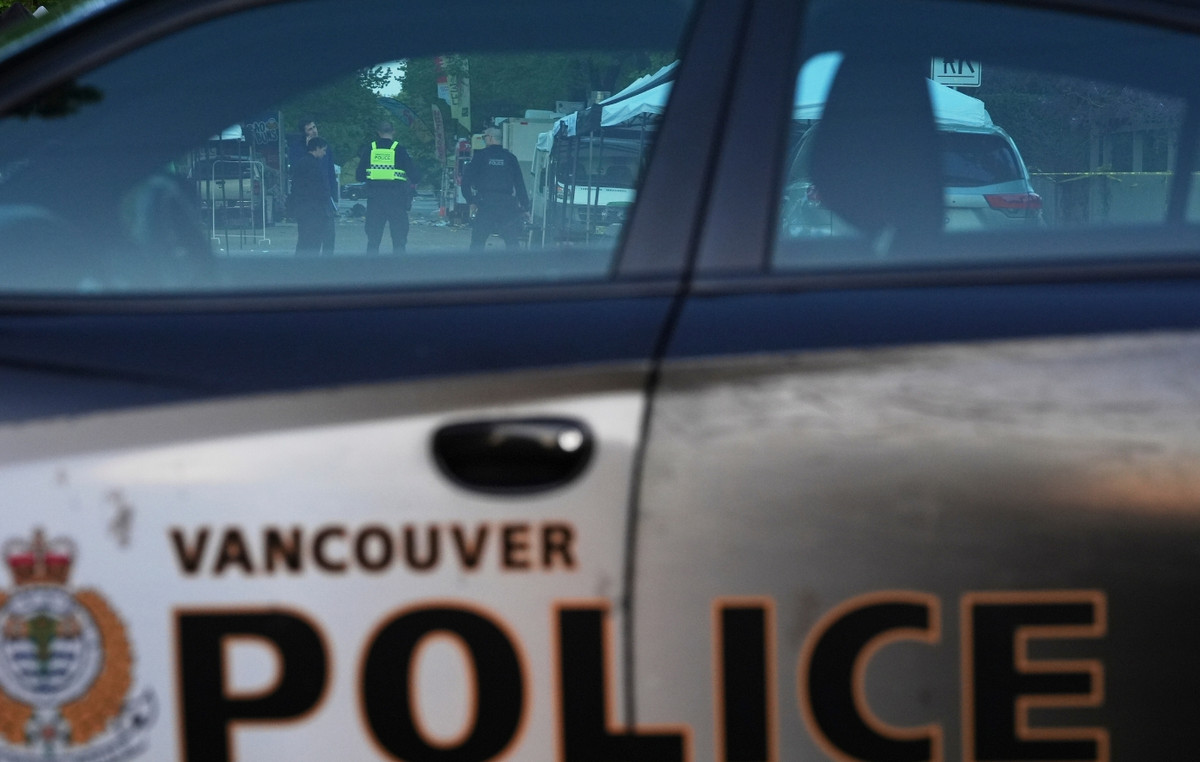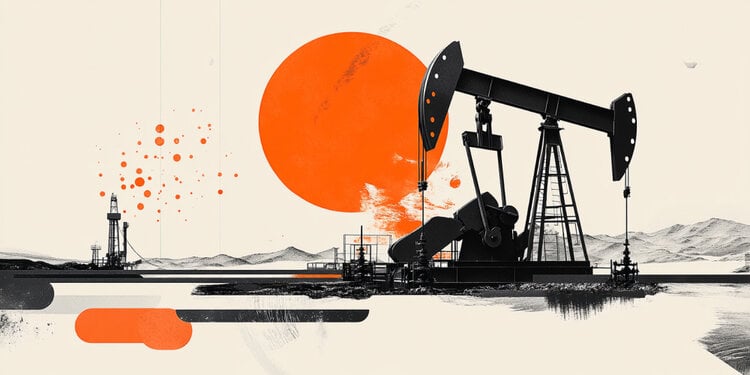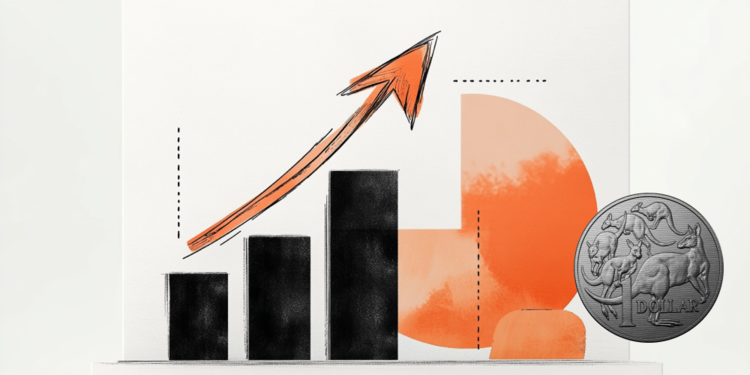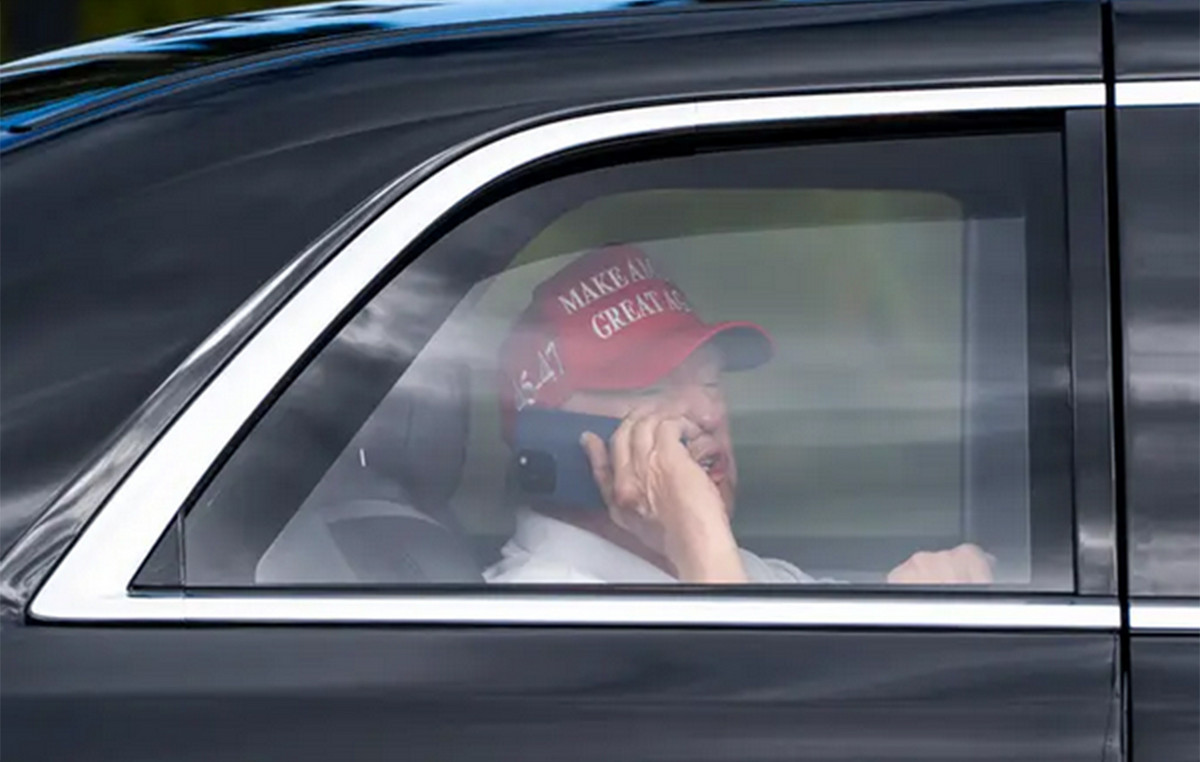Angry protesters who stormed the official residences of Sri Lanka’s president and prime minister managed to force them to resign over the weekend as the country descended further into crisis.
However, protesters say they will not leave the luxury homes until the two leaders step down. President Gotabaya Rajapaksa is due to step down on Wednesday, while Prime Minister Ranil Wickremesinghe tweeted his resignation on Saturday but did not confirm his departure date.
The resignations mark a major victory for the protesters, but the future of the country’s 22 million people is uncertain as they struggle to buy basic goods, fuel and medicine.
Here’s the latest.
Where is the protest movement now?
Over the weekend, tens of thousands of protesters swarmed outside the president’s office and residence before breaking through security cordons.
Stunning footage shared on social media shows them singing protest songs and chanting slogans urging Rajapaksa to step down. Footage showed groups of protesters setting up grills to grill and cook food.
But the most dramatic footage showed protesters swimming in the president’s private pool.

Later on Saturday, protesters attacked Wickremesinghe’s home, setting fire to his private home in Fifth Lane, an upscale neighborhood in the capital. A live video seen by CNN showed the building engulfed in flames as the crowd gathered at the site and cheered.
The leaders were not at their homes when the buildings were raided and were moved to secure locations before the attacks, according to security officials.

At least 55 people were injured in the protests, according to local doctors on Saturday, who said the number included a lawmaker from eastern Sri Lanka and three people with gunshot wounds. Videos circulated on social media suggesting soldiers shot at protesters outside the president’s residence, but the army denied opening fire.
Protests have been building in Sri Lanka since March, when public anger erupted in the streets over rising food costs, fuel shortages and electricity cuts as the country struggled to pay off debts.

What is happening to the government?
Rajapaksa will officially step down on July 13, officials said, following an emergency meeting called by Parliament Speaker Mahinda Yapa Abeywardena.
Wickremesinghe posted on Twitter that he was stepping down “to ensure the continuation of government, including the safety of all citizens”, but did not name a date.
Four other ministers also left office over the weekend – the latest in an exodus of senior officials. On 3 April, the entire Sri Lankan government cabinet was effectively dissolved due to mass resignations of top ministers.
Some 26 ministers left office that weekend, including the central bank governor and the president’s nephew, who criticized an apparent blackout on social media as something he “would never tolerate”.
Analysts and observers now say parliament speaker Abeywardena is likely to take over the country’s temporary post until the next president is elected by lawmakers to replace Rajapaksa and complete the rest of his term, which is expected to end in 2024.
After the protests over the weekend, the International Monetary Fund (IMF) said it was closely monitoring developments in the country.
“We hope to resolve the current situation that will allow us to resume our dialogue on an IMF-supported program while we plan to continue technical discussions with our colleagues at the Ministry of Finance and the Central Bank of Sri Lanka,” the IMF mission heads said. Peter Breuer and Masahiro Nozaki in a joint statement on Sunday.
How is life in Sri Lanka now?
Despite previous government efforts to alleviate the crisis, such as the introduction of a four-day workweek, Wickremesinghe declared the country “bankrupt” last Tuesday.
In several major cities, including the capital Colombo, desperate residents continue to queue for food and medicine, with reports of civilians clashing with the police and military as they wait in line.
In early July, Energy Minister Kanchana Wijesekera said the country had less than a day’s worth of fuel.
The crisis has been brewing for years, experts said, pointing to a series of government decisions that have exacerbated external shocks.
Over the past decade, the Sri Lankan government has lent large sums of money from foreign creditors to finance public services, said Murtaza Jafferjee, president of the Colombo-based Advocata Institute.
This wave of lending coincided with a series of hammer blows to Sri Lanka’s economy, from natural disasters – such as heavy monsoons – to man-made catastrophes, including the government’s ban on chemical fertilizers that decimated farmers’ crops.
Facing a massive deficit, President Rajapaksa has cut taxes in a doomed attempt to stimulate the economy.
But the plan backfired, hitting government revenue. This has led rating agencies to downgrade Sri Lanka to levels close to default, meaning the country has lost access to foreign markets.
Sri Lanka then had to draw on its foreign exchange reserves to pay off government debt, lowering its reserves. This impacted imports of fuel and other essentials, which pushed up prices.
On top of all that, the government in March launched the Sri Lankan rupee – meaning its price was determined based on demand and supply from the currency markets.
However, the rupee’s fall against the US dollar has only made matters worse for Sri Lankan citizens.
Source: CNN Brasil
I’m James Harper, a highly experienced and accomplished news writer for World Stock Market. I have been writing in the Politics section of the website for over five years, providing readers with up-to-date and insightful information about current events in politics. My work is widely read and respected by many industry professionals as well as laymen.







